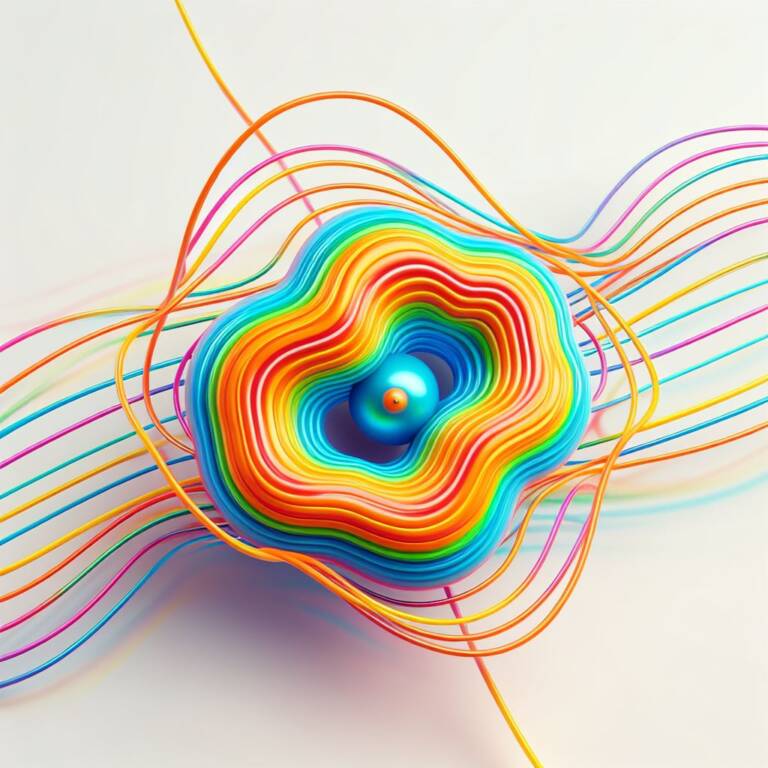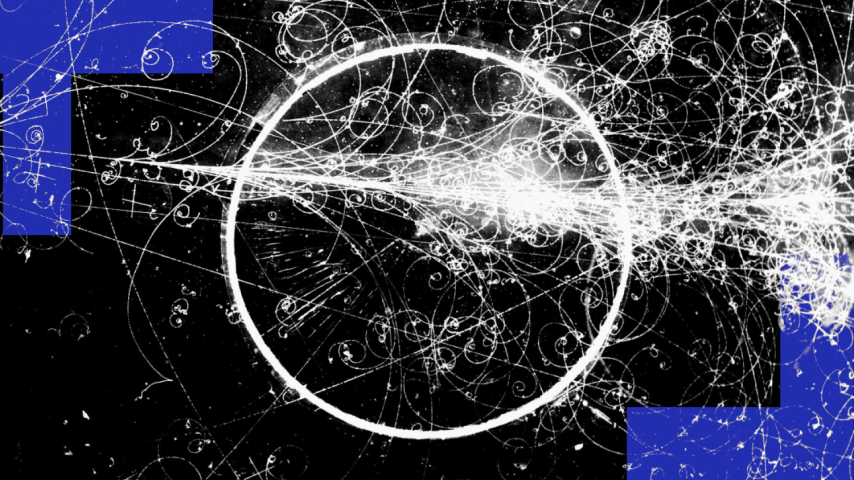Physicists finally detect a new particle: “Glueballs”

According to what was published in the journal Physical Review Letters, a new fundamental particle has been discovered: the "Glueball", i.e. a gluon, a particle of the strong nuclear interaction, isolated and not combined with any other particle. The strong nuclear interaction is one of the four fundamental forces of the universe and the gluon is its expression.
These particles are predicted according to the Standard Model of physics which, although criticized and still has problems, tries to be the explanation for all existing particles.
Although the matter that constitutes us is made up of atoms, which are made up of protons, neutrons and electrons, and where the protons and neutrons are made up of three quarks each – all held together by gluons through the strong interaction – this is not the only possible combination of particles, according to the standard model.
According to the standard model we have:
- baryons (with 3 quarks each) or antibaryons (with 3 antiquarks each).
- mesons (with a quark-antiquark pair).
- exotic states such as tetraquarks (2 quarks and 2 antiquarks), pentaquarks (4 quarks and 1 antiquark, or 1 quark and 4 antiquarks), or hexaquarks (6 quarks, 3 quarks and 3 antiquarks, or 6 antiquarks), etc.
- or, you can also have states made up of only gluons – without valence quarks or antiquarks – known as glueballs.
In a radical new paper just published in the journal Physical Review Letters, the BES III collaboration has just announced that an exotic particle, previously identified as X(2370), may actually be the lightest glueball predicted by the Standard Model. Here's the science of affirmation and what it all means.
The importance of the glueball lies in the fact that it is closely connected with the strong nuclear interaction, the force that holds quarcks together in protons and electrons and which then holds the nuclei of atoms together. This is the strongest interaction, 100 times stronger than the electromagnetic one. The discovery of the glueball, that is, a single gluon, will help understand how it works.

Traces from Fermilab's bubble chamber, revealing the charge, mass, energy and momentum of the particles and antiparticles created. Even if we can reconstruct what happened at the collision point for each individual event, we need a large number of statistics to build enough evidence to assert the existence of a new species of particle.
In the world of high energy physics, to find a particle it is not enough to create it in the laboratory and observe it. The experiment must be repeated many times to verify whether the theoretical predictions correspond to the observed results. This is especially important when looking for particles that only exist under rare conditions.
Many particles can only be detected by the signatures left behind when other particles decay. During the 20th century, several Standard Model particles were discovered, including exotic quarks such as strange, charm, bottom, and top. All particles containing these quarks are unstable and decay rapidly.
For any kind of composite particle to exist, quantum rules must be followed. Energy, electric charge, angular momentum and other quantum properties must be conserved, just to understand that the law according to which E=mc2 is respected.

Thanks to our Telegram channel you can stay updated on the publication of new Economic Scenarios articles.
The article Physicists finally detect a new particle: “Glueballs” comes from Economic Scenarios .
This is a machine translation of a post published on Scenari Economici at the URL https://scenarieconomici.it/finalmente-i-fisici-rilevano-una-nuova-particella-le-glueball/ on Fri, 17 May 2024 07:00:51 +0000.
